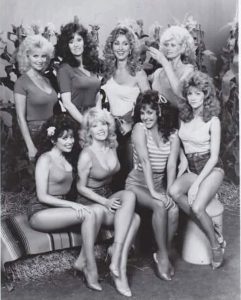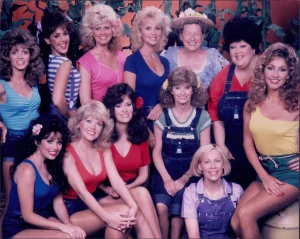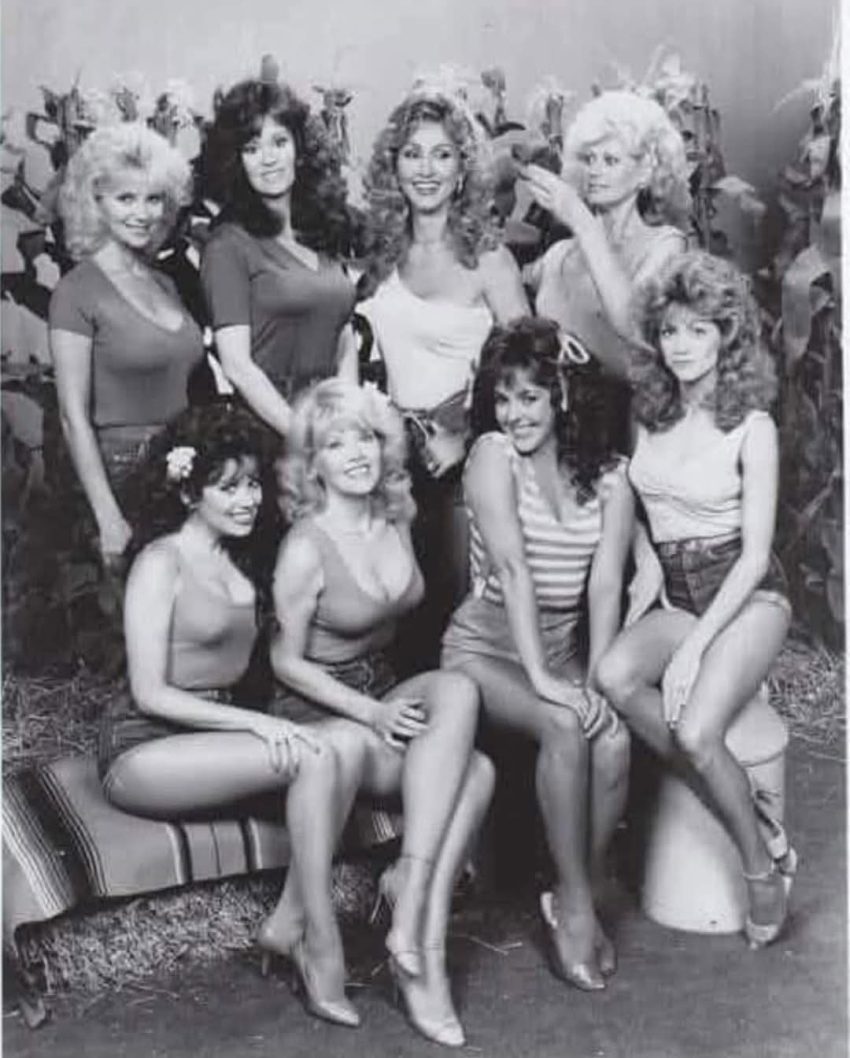An uncensored Hee Haw scene has a strong emotional effect that makes people feel like they are in a time when there was no cynicism. It’s more than just a piece of TV history; it’s a component of American culture that reminds us of how important laughter and simplicity used to be in our lives. When you watch an unedited clip of Hee Haw, you’re not simply watching an old show; you’re entering a shared experience with hay bales, overalls, twanging banjos, and jokes that don’t make fun of people.
Hee Haw was all about having fun in the country, and it never apologized for it. The show was broadcast from 1969 to 1992, and repeats were on for even longer. It was very country, with puns, pratfalls, and picking parties that took place in cornfields and on front porches. But what made the presentation more than simply a gimmick was how lifelike it looked. The actors didn’t act like they were superior than everybody else. Many of them were comedians and entertainers who lived among their followers. They weren’t reading punchlines off cue cards with irony; they were having a great time, and it showed.

An uncensored scene illustrates what realness is all about. There is a typo in the sentence, a missed cue, or a camera angle that stays too long. Those times don’t break the spell; they make it stronger. They take away the false look that most current TV shows have and make the viewer feel like they’re in the barn studio, sitting with friends, and watching the event happen live.
Those faults make things feel warm. Seeing Junior Samples fumble up a word or Grandpa Jones suddenly start giggling makes me feel more human than anything else. The musical passages, which were often played live, were interesting because of the talent and honesty behind them, not because of studio magic. In a world where artificial filters and post-production gloss are widespread, its rawness is somewhat alarming but yet incredibly comforting.

These situations remind a lot of people of their childhood, when they heard the opening banjo riff and knew they could forget about their problems for the next half hour. Every week, grandparents told the same “doctor jokes,” families said the same one-liners, and youngsters hummed along to the music even though they didn’t know all the words. It was fun that drew people of different ages together instead of driving them apart. The jokes weren’t overly edgy, but they didn’t have to be. It was centered on being comfortable, having a rhythm, and being part of a group.
But the show wasn’t only funny. It contained some of the top country and bluegrass musicians from the 1900s. Loretta Lynn, Johnny Cash, Roy Acuff, and Dolly Parton all came, and they were treated like family. The music was a huge part of the presentation, not merely something to fill space. These performances feel different in the parts that aren’t restricted. You might notice musicians staring at each other, laughing after a line goes wrong, or a moment of silence that lets the song’s meaning sink in. People often edit off these parts to save time or keep the tale moving, yet they have an emotional effect that makes the viewer feel more attached.
The unedited scenes give individuals who are viewing Hee Haw for the first time something that most modern TV shows don’t have: space. There is plenty of room for music, laughter, and people to interact. The jokes don’t move fast. The camera doesn’t move. People wait for the other person to stop talking. And maybe most importantly, no one is working too hard. It seems honest because it doesn’t try too hard.
The uncensored Hee Haw sequence is interesting because it reminds you that entertainment used to be about more than just pleasing people. It was never designed to be stunning; it was meant to make people feel at home. You didn’t have to know a lot about pop culture to understand it. You only had to be able to laugh and be ready to relax and have fun.
In today’s world of hyperactive editing, algorithm-driven content, and programming that is sometimes self-aware, going back to Hee Haw—especially in its raw, unedited form—feels like a breath of fresh air. It reminds me that being present is sometimes more important than being flawless. That’s kind of what Hee Haw gave us every week: a presence. Hee Haw always made me happy with music and fun. That’s why an uncensored moment may still make people cry years later. It might make them chuckle and be grateful for the time when being together, even if it was just on TV, was enough.
